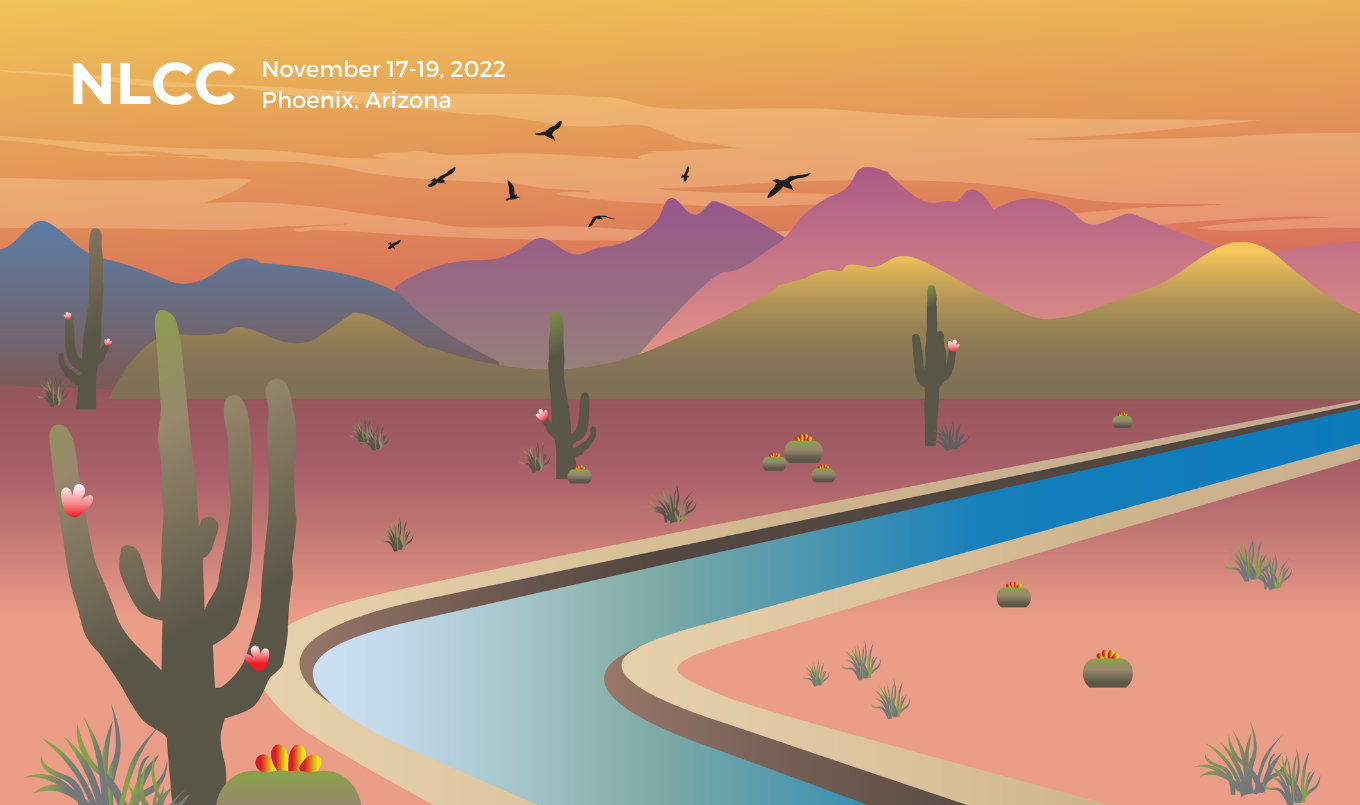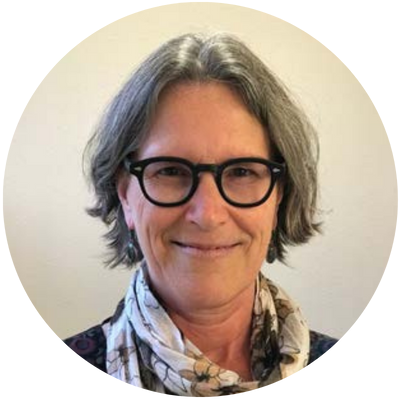NLCC Emily Lardner

2022 NLCC Home
Conference Theme
Proposal Submission
Plan your Trip
Featured Speakers
Schedule
Virtual Track
Gila River Indian Community
Schedule


Dr. Emily Lardner
Vice President of Academic Affairs at Highline Community College, Des Moines, WA
Opening Plenary Address
Dr. Emily Lardner serves as Vice President for Academic Affairs at Highline College, a comprehensive community college serving about 13,000 students located south of Seattle, WA. Highline has the most diverse student population in the state of Washington and is one of the most diverse community colleges in the U.S. Under the leadership of Dr. John Mosby, Highline is implementing guided pathways as a campus- wide student success initiative designed to increase student success and close equity gaps.
Before becoming an administrator, Lardner served on the leadership team for the Washington Center for Improving Undergraduate Education, based at The Evergreen State College. In that role, she helped design the National Summer Institute on Learning Communities, found and edit the open-access, peer-reviewed journal, Learning Communities Research and Practice, and facilitate a national project on improving the quality of student learning within learning communities. Through the Washington Center, Lardner provided on-campus consultations close to 100 two- and four-year colleges on implementing learning communities as student success strategy.
At the core of Lardner’s professional identify is her years of experience teaching academic writing to students at all levels. In addition to hundreds of colleagues, those thousands of students taught Lardner why what we do on our campuses and in our classrooms changes lives.
Plenary Address Title and Description: “Replenishing, Renewing, and Reimagining Learning Communities: Meeting this Moment”
In a time of declining enrollment, stagnant retention, growing inequality, and civil strife, what can we bring forward from the history of learning communities as an education reform movement to help us meet this moment?
As we reimagine our practice, how do we more fully engage in equity-minded, student-centered thinking and practice? What have we learned in the past ten years about making our institutions work for students, or as Tia McNair et al put it, walking our equity talk?
Why should we renew our individual and collective commitment to the learning community movement? What’s in it for students? At the same time, how can we make sure our practices going forward are life-giving and sustainable for faculty and staff?